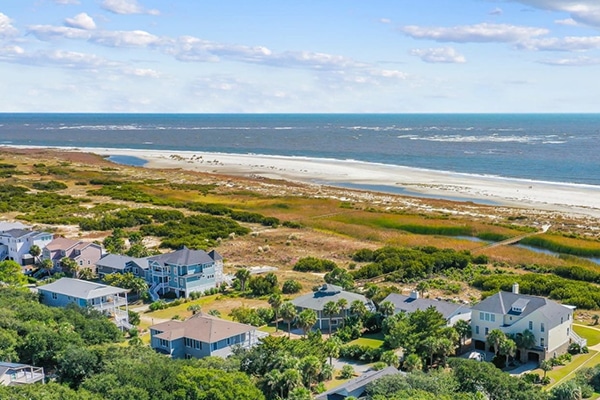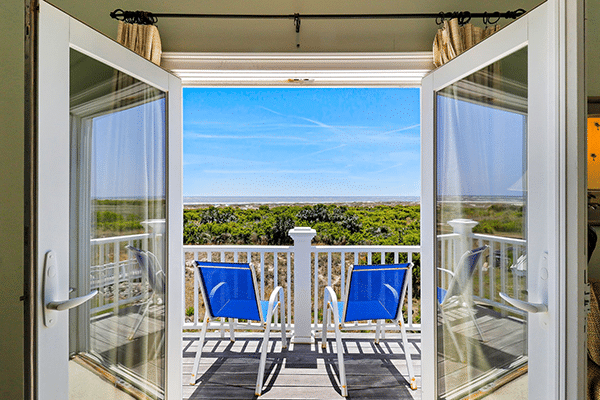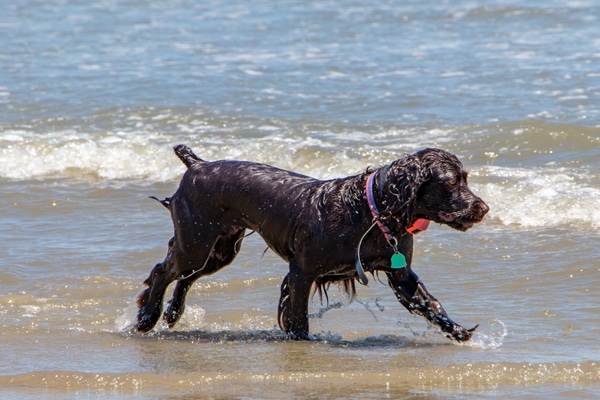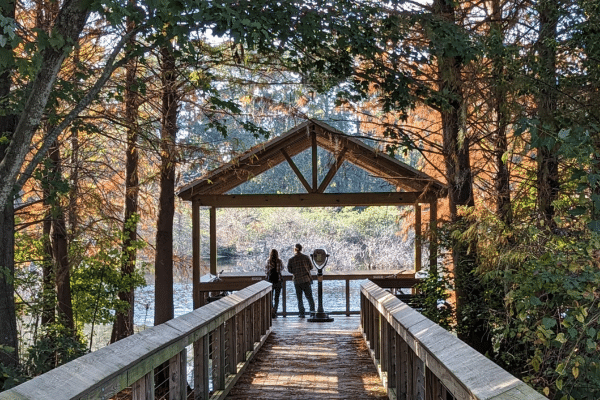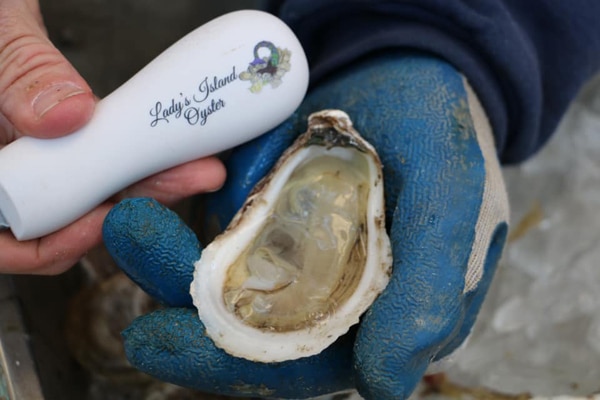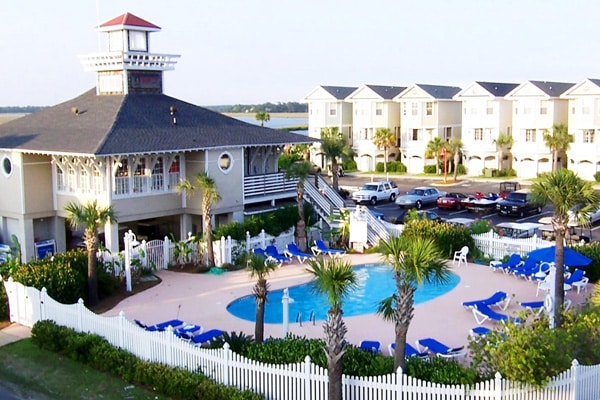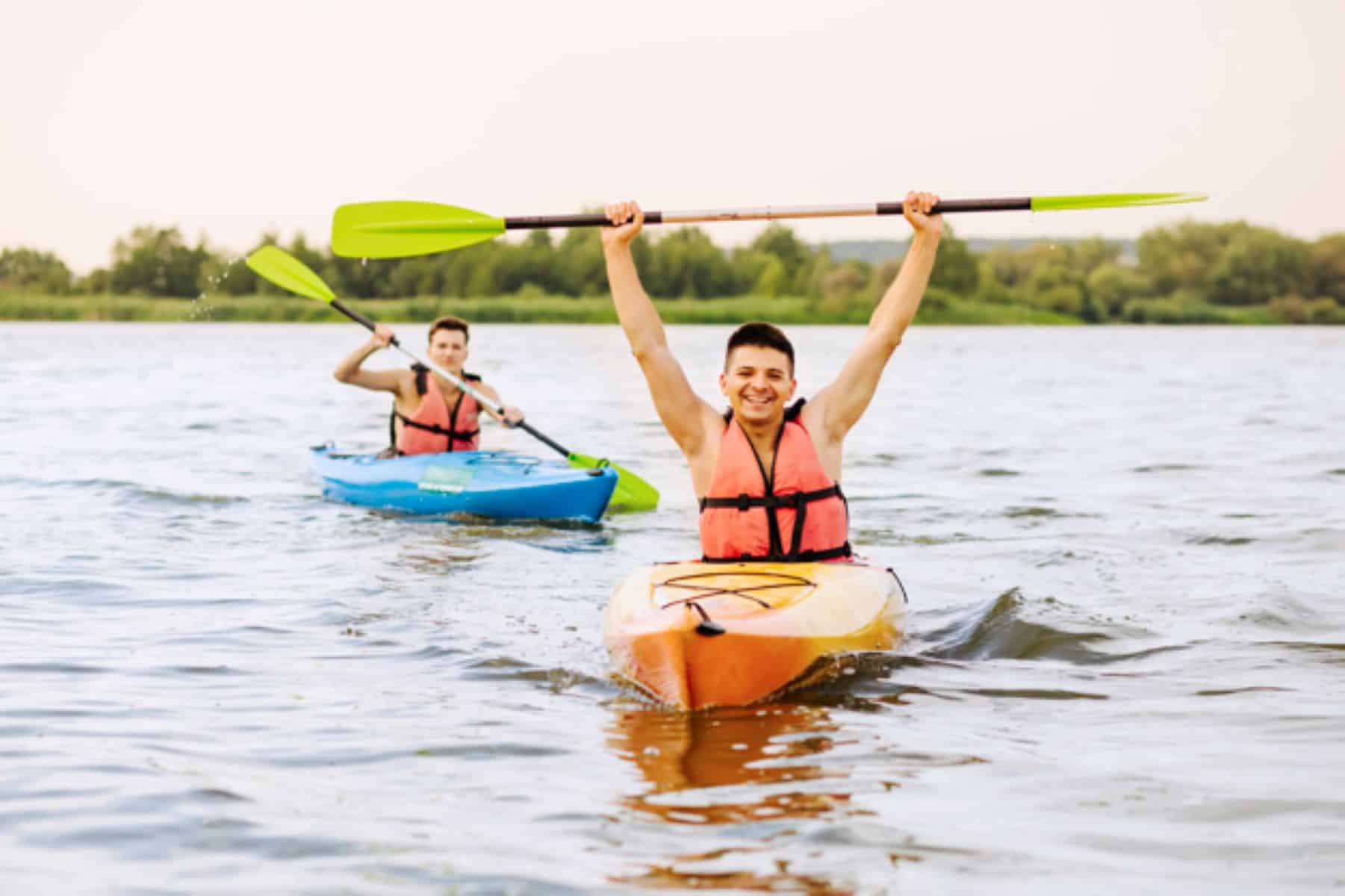Fripp Island Birds
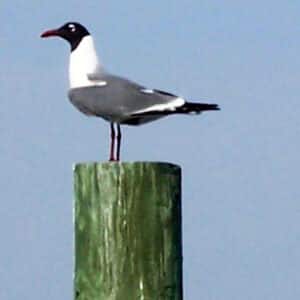
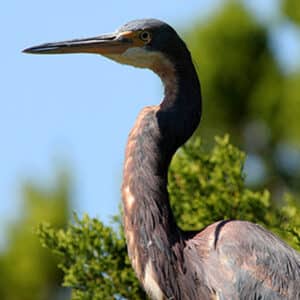
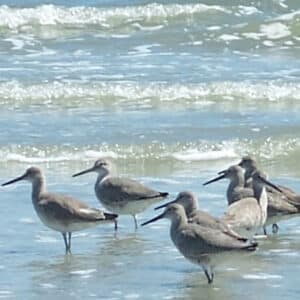

Over 80 species of birds reside on Fripp Island. Birds travel from all over the country to visit Fripp during our warm summer season. The birds love Fripp so much that the National Audubon society named Fripp Island an Important Bird Area.
Some of the species you can view at Fripp are:
- Osprey
- White Ibis
- Red Throated Loon
- Black Skimmer
- Double Crested Cormorant
- Scoter
- Old Squaw
- Great Blue Heron
Visit the South Carolina Audubon Society for more information.
Want to learn more about bird species on Fripp? Check out a full list of the birds on Fripp Island.
Iconic kind of guy.
#sharetheshore #pipingplover #conservationphotography #wildlifephotography #wildlife #nature #naturephotography #yankeemagazine #mynewengland #natgeo #optoutside #massachusetts #ignewengland #igersnewengland #westernmass #igers413 #pioneervalley #413 #scenesofnewengland #igersmass #birds #birdsofinstagram #ocean

Why do Black Skimmers have these strange, uneven bills? For a very specific purpose: when these coastal birds fly low, with their long lower mandibles plowing the water, they’ll snap the bill shut once they contact a fish.
A Black Skimmer with its beak wide open in Wachapreague, Virginia. 📷: Joshua Galicki (galicki_photography)/Audubon Photography Awards

Where do weanlings (elephant seal pups who are no longer nursing) go on their first trip at sea?
Without any teaching, or any help from their fellow weanlings, these brave young voyagers venture to sea and learn how to navigate the North Pacific and find food. How do they find their way? Do the males and females instinctively follow the same routes as the adults?
Researchers at Cal Poly San Luis Obispo are trying to answer these questions. Among the 15 weanlings tracked over the past 2 years, scientists have found a lot of individual variation. Many weanlings headed northward along the coast or just off the continental shelf near the Pacific northwest. But one weanling stayed near the Channel Islands off southern California, and another spent most of her time off the coast of Alaska!
We are just beginning to understand where the weanlings go. Join us in April to start #WatchingThoseWeanlings and follow this year’s 10 intrepid explorers on their journeys: https://www.calpoly-viplab.com/satellite-tags
That’s a wrap for #WinterWildlifeWonders! Thank you for following along these past 8 weeks as we shared fun facts about elephant seals and ways to be a steward in their protection.
•
📷: Kathleen Curtis
Image Description: A close-up shot of a group of weanlings with silver fur laying next to one another.
#AñoNuevoStatePark #WinterWildlifeWonders #ElephantSeal #WatchingThoseWeanlings #HelpMeStayWild #RespectWildlife #ShareTheShore #StewardshipSunday #CAStateParks

It’s #PloverAppreciationDay! From adorable, small Piping Plovers to elegant, fast-flying American Golden-Plovers, these spectacular shorebirds can be found in most parts of the world, where they capture many birders’ hearts with their lovable antics. ❤
But they’re also in need of our protection—one important way that we can keep them safe while watching them is to #ShareTheShore and give them plenty of space, whether it’s nesting season or migration season.
As we celebrate plovers today, tell us, which one is your favorite?
A Piping Plover and its chick on the beach. 📷: Melissa Groo (melissagroo)/Audubon Photography Awards

Daddy let me in…..wait no I want to run! 🖤🤍
Imani and one of his babies.
#pipingplover #plover #birds #shorebirds #sharetheshore #montrose #birding #birdphotography #birdpics #birdlovers #beach #endangeredspecies #chicago #nature #naturelovers #naturephotography #nikon #nikonphotography #nikonnature #nikonoutdoors
chicagopipingplovers

Reddish egret craziness, I love attempting to capture these beauties in action! So much fun!
..
..
..
#reddishegret #egrets #naturehippys_ #eye_spy_birds #planetbirds #nuts_about_birds #bestoftheusa_birds #wildlifeaddicts #yourshotphotographer #best_birds_of_ig #bestbirdshots #wildlifeplanet #conserveflorida #floridawildlifecorridor #birdsofinstagram #birds_captures #naturebrilliance #sonyalpha #birdsonearth #keepflwild #birds_bees_flowers_n_trees #wildlifeonearth #sharetheshore #floridawildlife #nuts_about_wildlife #birdsphotography

Day 25
Prompt: Baby bird
I couldn’t resist painting the cutest baby around, the Piping Plover. These adorable little fluff balls are just so precious and tiny and I dearly hope we have some in Chicago next spring.
Birdtober club by kaylafiskbirds
#birdtober2023 #birdtoberclub2023 #birdtoberclub #chicagopipingplovers #glpipl #pipingploverchick #sharetheshore

Can’t wait for Snowy Owl season ‘22-‘23. This shot from Fall 2021- Jersey Shore. #wildlifephotography #njradiant #jerseyshore #njwildlife #nps #jshn #snowyowlsofinstagram #njphotographer #njaudubon #njradiant #njwildlife #buboscandiacus #sassy_birds #nuts_about_birds #birdsofprey #njbeaches #sharetheshore

“My job... is just beach.” - Westken snowy plover
Western snowy plovers are all about beach! Until September, these small, sparrow-sized shorebirds are hard at work incubating eggs and caring for their chicks. You can safely share the shore with these threatened birds by:
- Give wildlife space: do not approach or chase these birds.
- Respect all posted signs and roped-off areas for the protection of wildlife.
- Avoid prolonged picnicking or sunbathing in plover nesting habitat (dry sand areas above the wrack line).
- Walk on the wet hard-packed sand below the wrack line to avoid nesting habitat.
- Camp or build fires only in designated areas.
- If you’re on a beach that allows vehicles, drive ‘low and slow’, staying on the hard-packed sand below the high tide line where plovers forage.
- Avoid driving over old vehicle or foot tracks as plovers like to rest or “loaf” in these and are extremely hard to see.
- Avoid flying kites or other hovering objects near plover nesting habitat.
- Please dispose of all trash properly and do not inadvertently or intentionally feed wildlife.
- Know beach-specific dog rules before you go. If dogs are permitted, please follow the leash rules.
Thank you in advance!
🎨 by Rebecca Fabbri/USFWS

Newborn Least Tern struggling to get down its breakfast. Sunrise - July 2021 in theoceancounty NJ. #leasttern #audubonsociety #birds #birdsofinstagram #best_bird_shots #best_birds_of_ig #best_birds_planet #best_birds_of_world #photographyinmyframe #oceanvirals #allkindsofmagic #allkindsofnature #jshn #nj #newjersey #sharetheshore #audbonsociety #earthfocus #featured_wildlife #global_creatives #planetbirds #shorebirds #whatschirping #animal_elite #macro_perfection #macro_brilliance #birdsonearth #birds_adored #natgeo

The Fripp Island Resort offers two Birding Nature Tours. Please follow the link below to view the availible tours and scheduling information.

